10 tricks interior designers use to make living room ceilings look higher
Low ceiling in the living room spoiling its looks? These tips on tricking the eye into thinking it’s higher than it is are must-reads
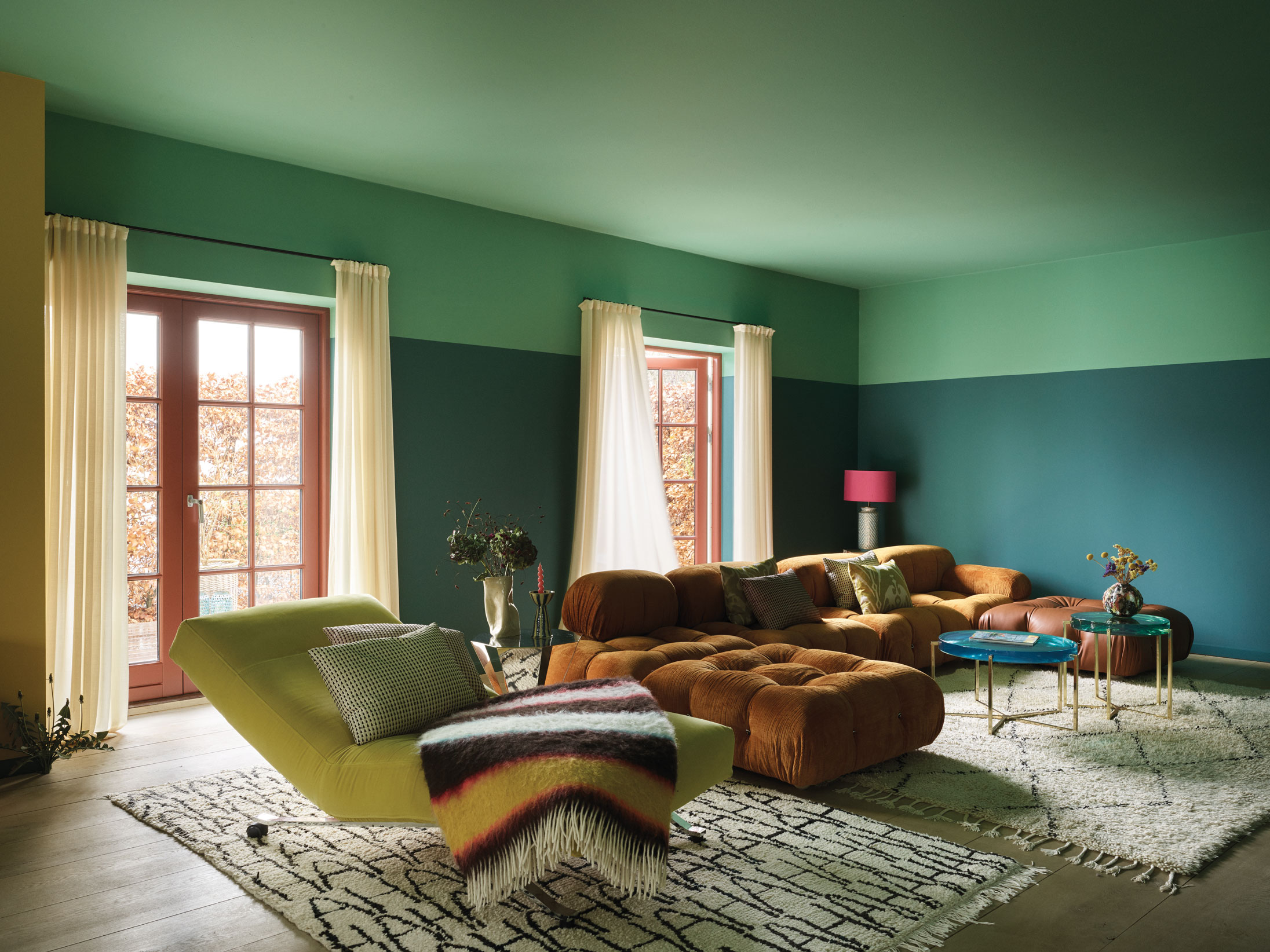

If you want to make your ceilings look higher – whether in one room or throughout your home – there are interior design tricks you can use to do so. Whether your home is a period property or more contemporary, low ceilings can make rooms feel cramped and small. And while – to look on the positive side – they can also make rooms feel cozy, choosing the wrong furniture, window dressings or flooring for them, can really skew their proportions.
So, read our top 10 solutions for rooms with low ceilings to gain the confidence to create stylishly designed living areas that feel spacious and perfectly proportioned.
See: Living room ideas – clever ways to decorate living spaces
1. Choose low-slung furniture to make a ceiling look higher
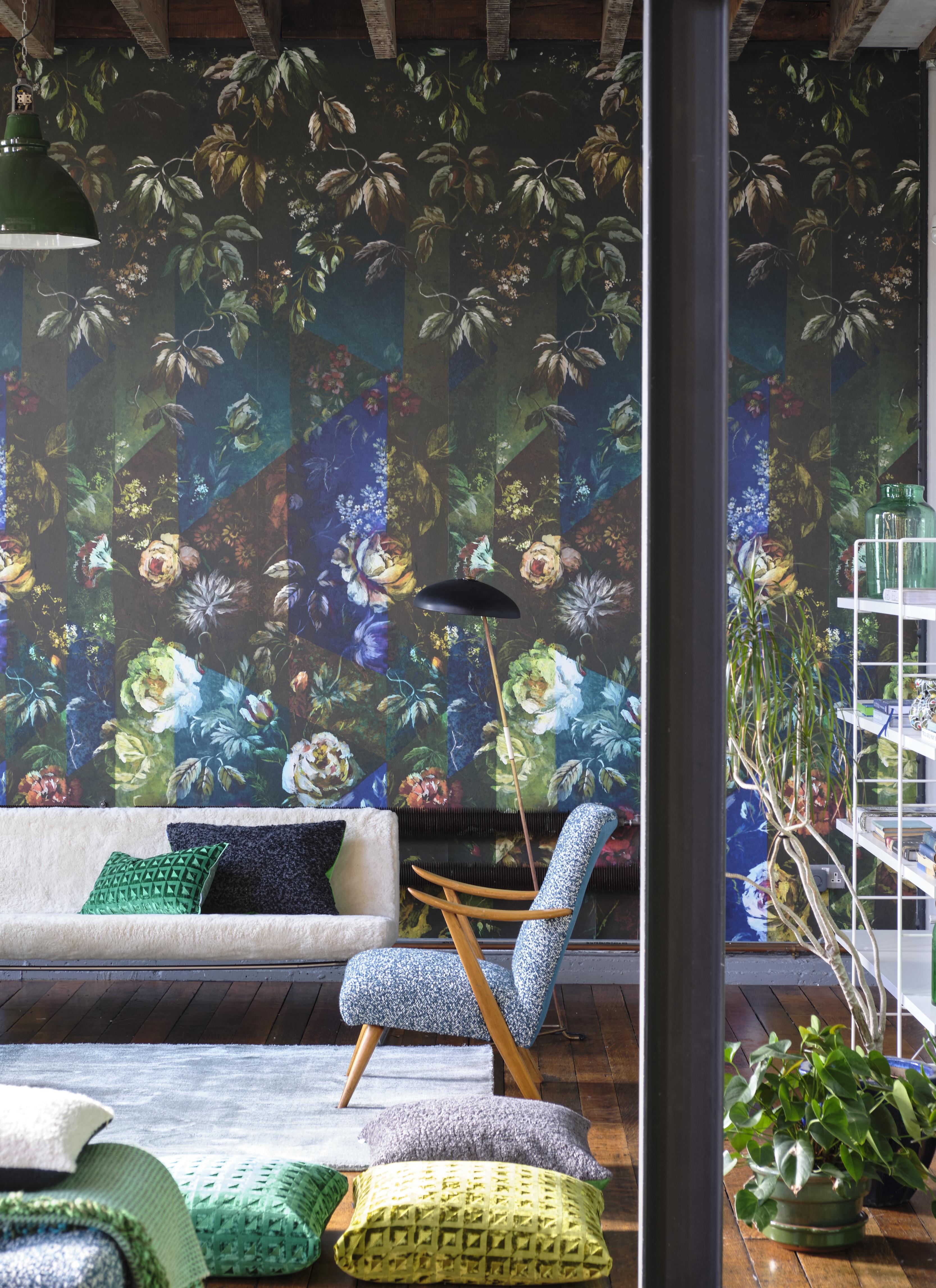
Low-slung furniture that hugs the floor is the friend of living rooms with low ceilings. So, too, are designs that are simple in form and function. Why? Because the lower the furniture – and the less distracting it is – the more wall above it you can see, making the ceiling seem taller. This is the case even if you have a decorative wallpaper, it’s about playing with proportions and tricking the eye, as in this room by Designers Guild.
2. Hang tall, slim mirrors
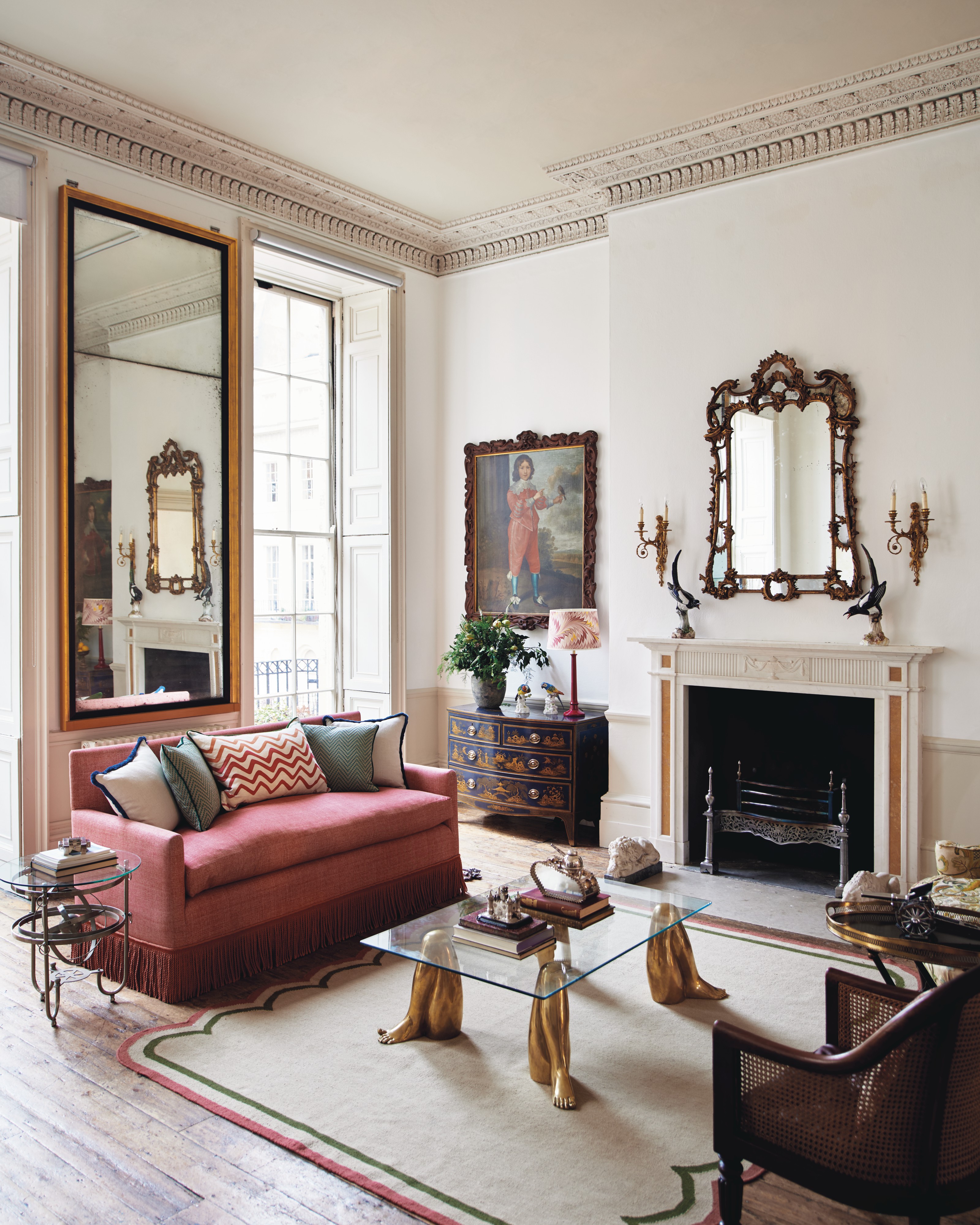
This beautiful room by interior designers Salvesen Graham does, obviously, have a high ceiling – but the premise remains: mirrors are sent from heaven and are so useful in so many ways.
Naturally, they bounce the light around and that creates the illusion of more space, especially in a small living room.
The first trick with a low-ceilinged room is to invest in one that’s tall and narrow; the second trick is to hang it higher up than usual – it will then ‘lift’ your ceiling and make it feel taller instantly.
Sign up to the Homes & Gardens newsletter
Design expertise in your inbox – from inspiring decorating ideas and beautiful celebrity homes to practical gardening advice and shopping round-ups.
3. Paint below dado level in a darker shade than above
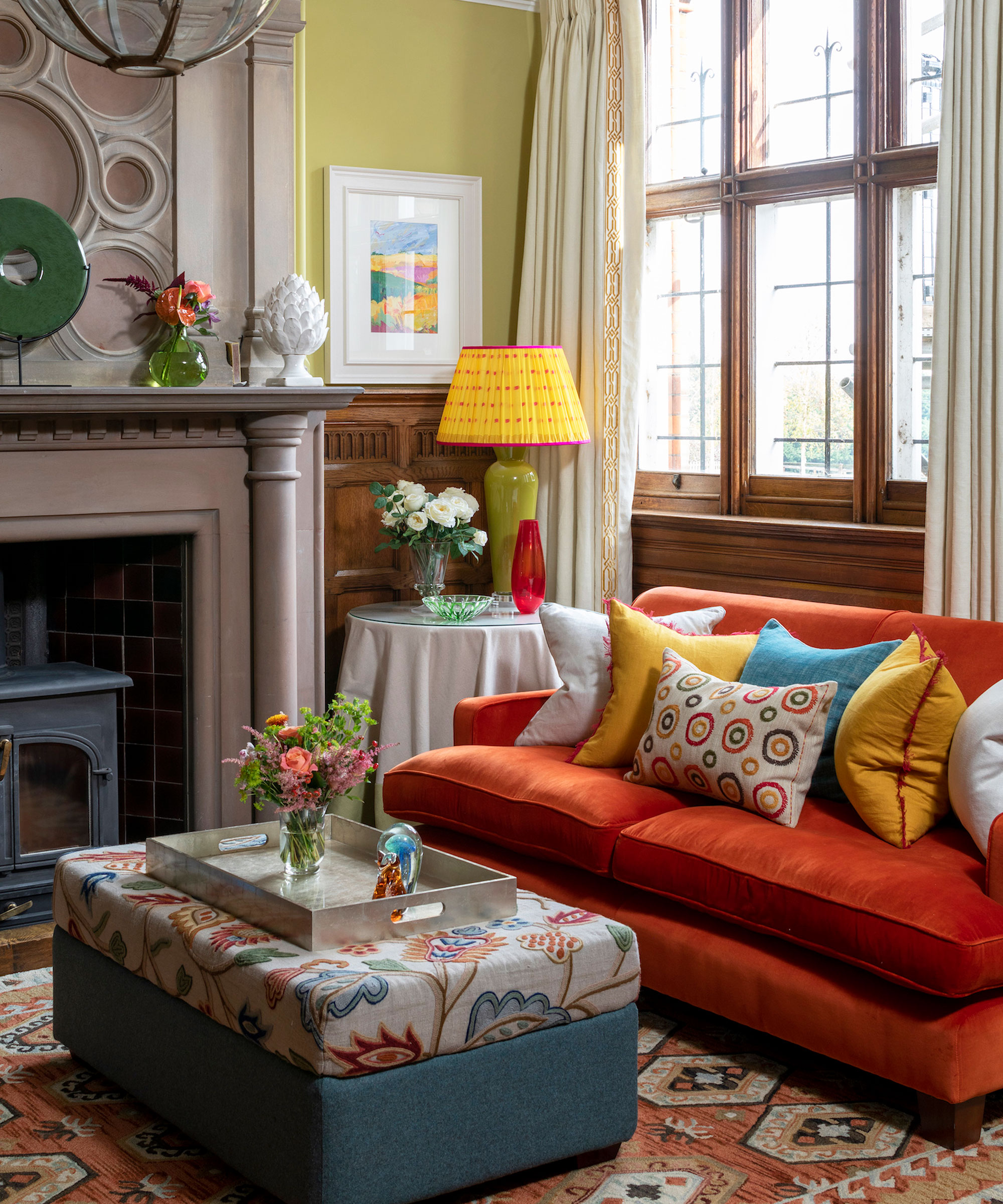
The bigger the expanse of a paler color on your walls the better in a low ceilinged room, but using a darker color on the bottom half of a wall – up to the dado rail height, including the skirting board and dado too – can help the ceiling feel taller.
This 'color blocking' approach also gives depth and adds interest to walls.
4. Frame the walls
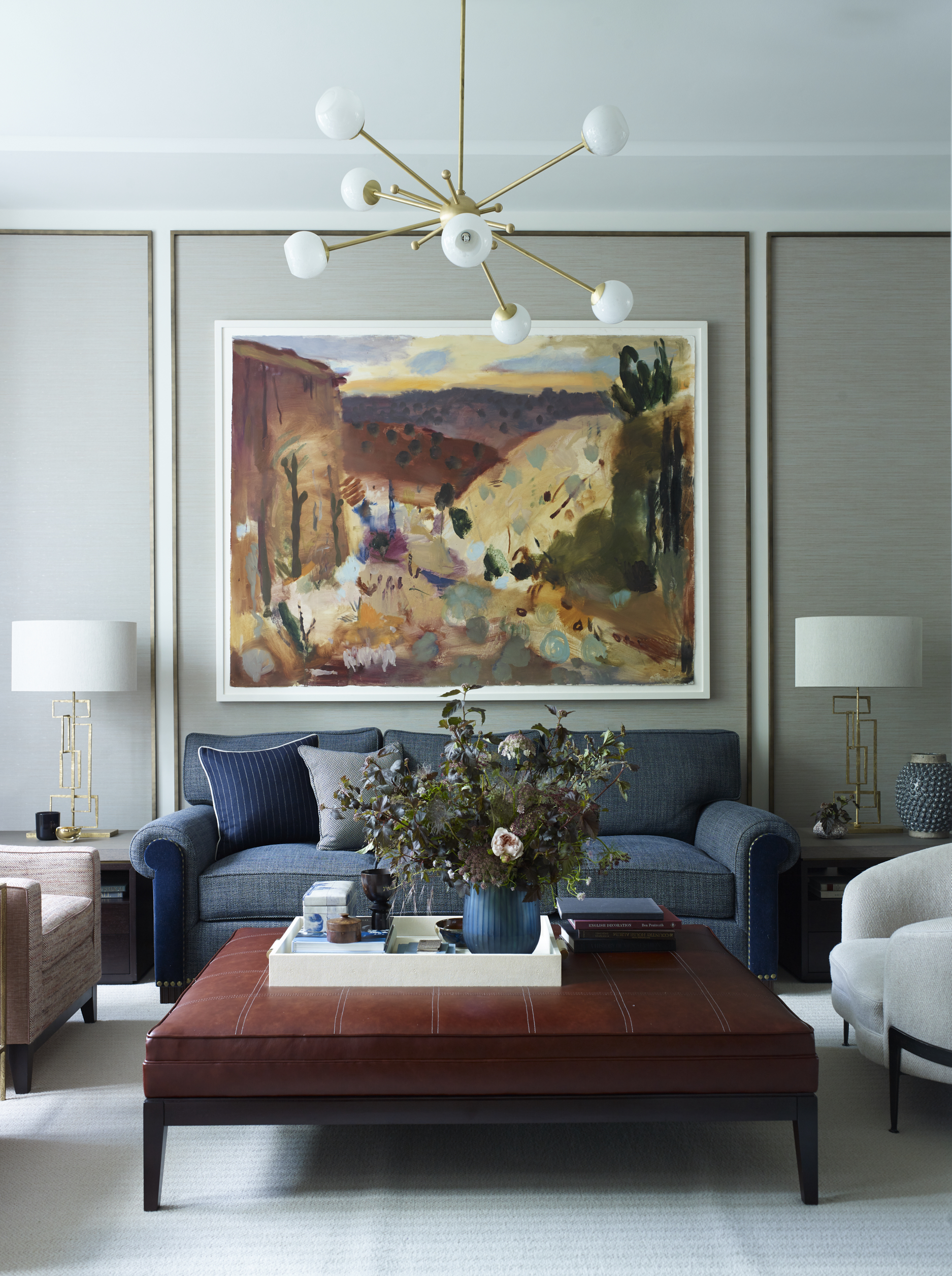
‘Wall-framing is fast becoming a trend – and rightly so, we believe,’ explains Irene Gunter, founder of interior design studio, Gunter & Co. ‘It’s a great way to add a decorative aspect to a scheme and you can use it to frame artwork and key aspects of your room – like this sofa – it also adds symmetry.’
In this case it distracts the eye from the low ceiling, because you look at the painting first, then the wall framing, which is, of course, taller than it is wider to correct the room's proportions. Clever right? The white around the framing plus the white ceiling also help push that ceiling up visually.
5. Opt for a single color, floor to ceiling

One continuous shade from the skirtings to the coving is not only a modern way to use paint, but one that ensures a continuous flow of color. This prevents the eye from being distracted by woodwork around the door and architectural features if you have them. Painting the door in the same shade is a fabulous idea too for all the same reasons.
Panelling works – in this room by Sofa.com, the vertical lines draw the eye along vertical lines, making the room seem taller than it is.
See: Living room paint ideas – stylish ways with paint, and expert decor tips
6. Hang a vertically striped wallpaper
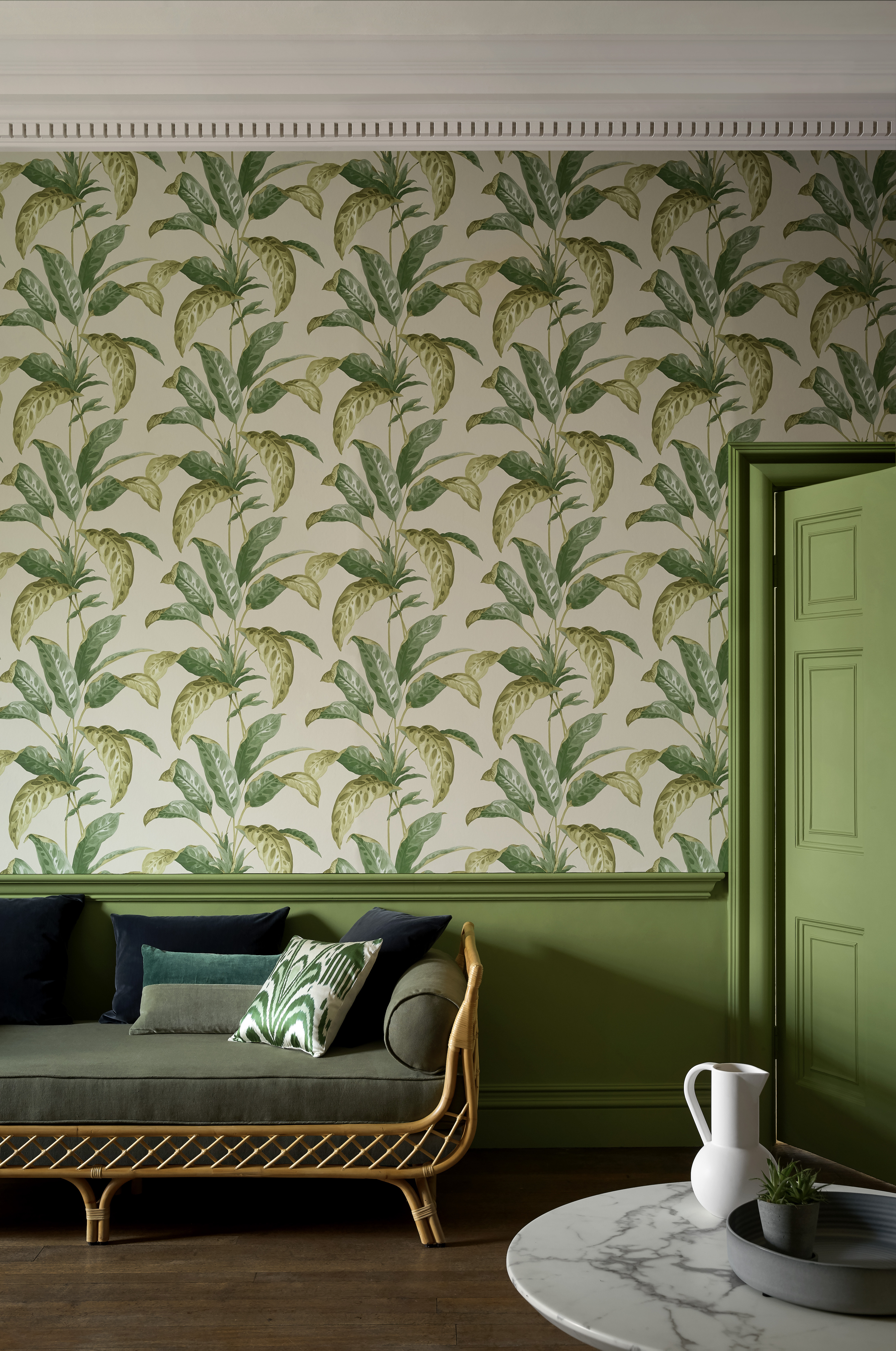
Even the 'loosest' of vertically striped wallpapers, like this one by Paint & Paper Library, will work, as it guides the eye up and down the wall, rather than across it, creating the illusion of height.
Team a vertical stripe with a woodwork painted to complement the wallpaper – picking out the most prevalent color in the wallpaper will create a cohesive look for the room that enhances space.
7. Put color on the ceiling

This is not just about painting the ceiling in a shade that doesn't match the walls – the key here is to bring the color down to either the picture rail level if you have one, or, to a quarter of the way down the wall, as in this room by Farrow & Ball.
8. Hang drapes up high
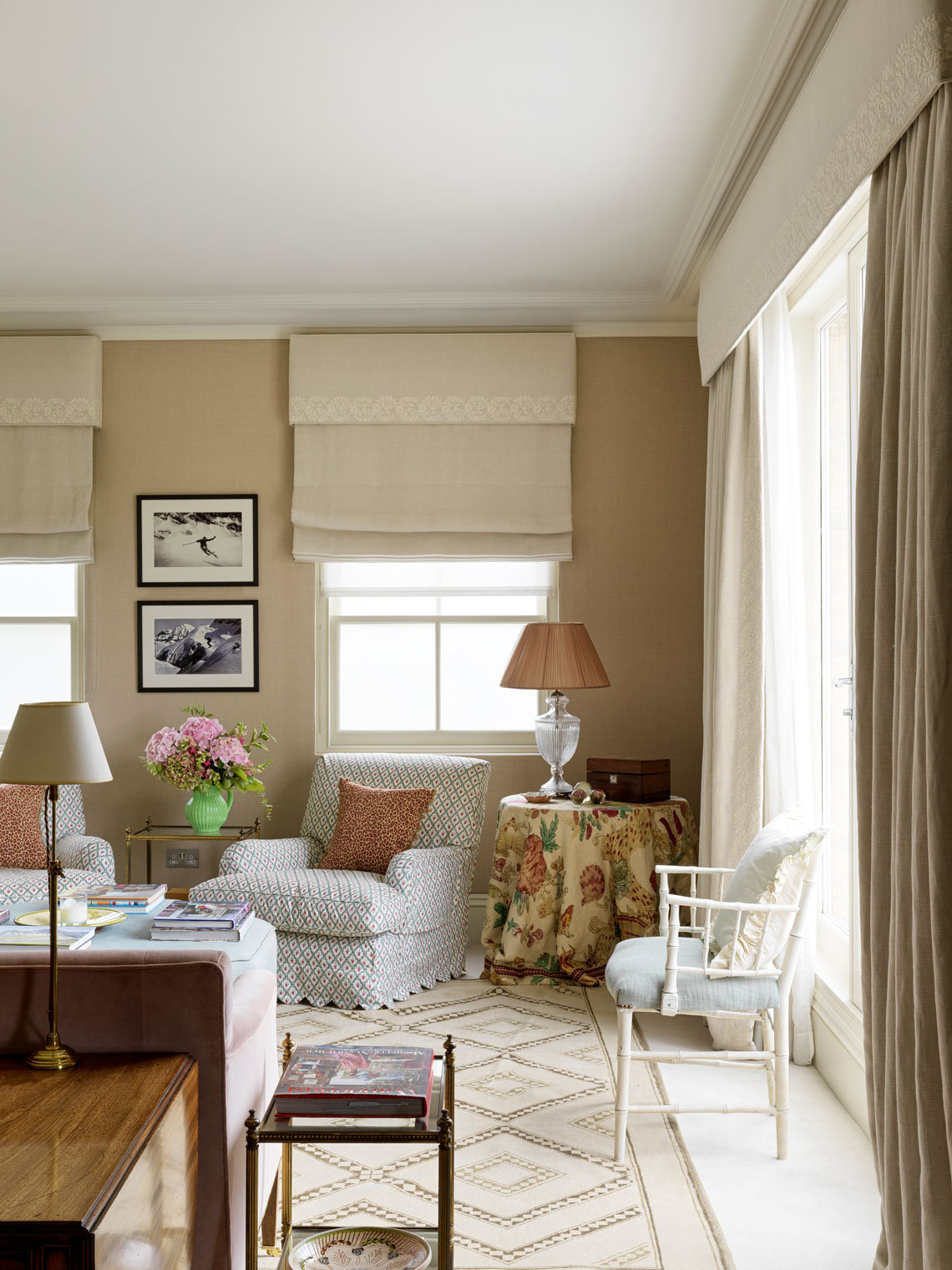
How you hang your drapes and blinds is key in this situation, and if you can go up to the ceiling, that’s a big bonus in making a ceiling look higher – often a pelmet can help to hide the attachments.
In the case of drape length, make sure they are touching the floor.
Mary Graham, co-Founder of interior designers Salvesen Graham, shares her advice:
‘Make sure your window treatments cover from the top of the window to the ceiling to cover the dead space between. This will help windows and the room to feel taller.’
9. Swap out ceiling lights for wall, floor and table lamps
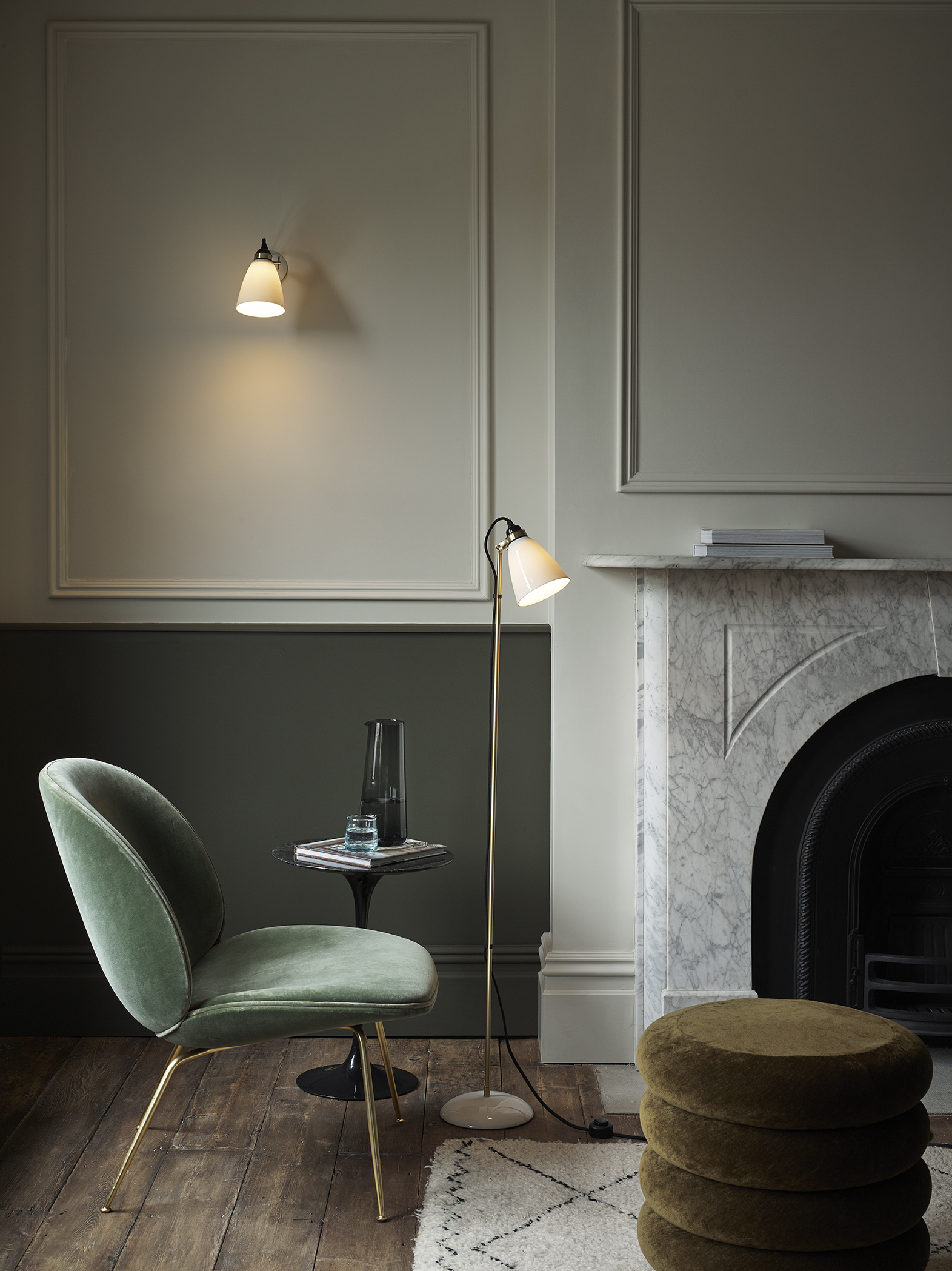
Central pendant lights are often not practical in a room with a low ceiling – and those that are fitted close to the ceiling can actually make the ceiling feel lower than it is by spotlighting the ceiling.
The best option? Swap out the ceiling light for wall, floor and table lamps, ensuring the shades send the light they throw out upwards and downwards if possible, so that they cast a vertical glow that exaggerates the ceiling's height. Another bonus of these options is that by creating pools of light, you can make a living room feel more layered, creating cozy zones in larger spaces and space-enhancing zones in smaller rooms.
See: Living room lighting ideas – to light your living space
10. Use white – and more white
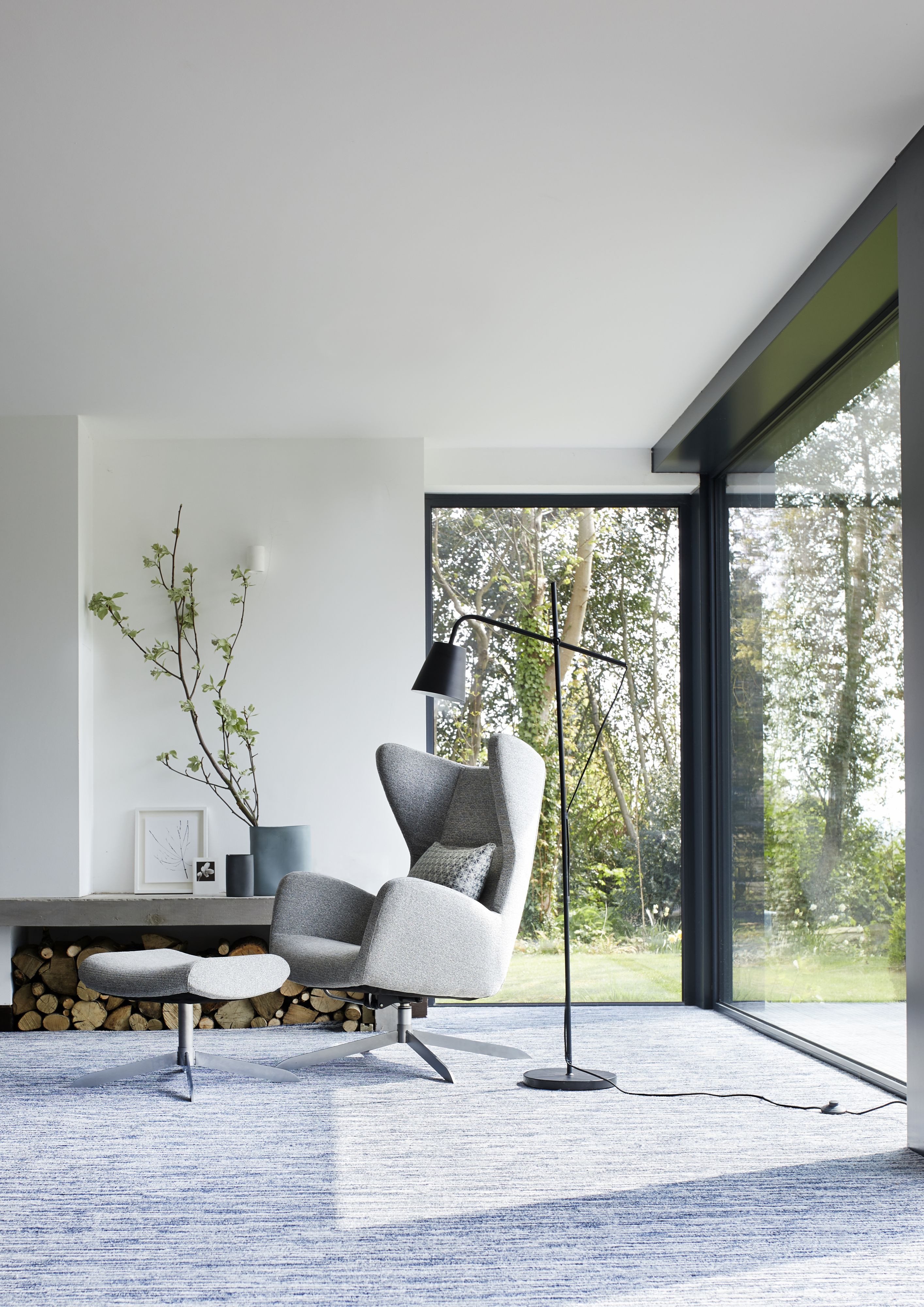
Naturally, white will do the trick very successfully – and there’s something serene and beautiful about white walls and ceiling. One continuous shade will blur boundaries and create the illusion of height.
There are a couple of other style tips in this room by Carpetright that work too as finishing touches: the first is to use a long vase of tall blooms, such as delphiniums or a tall foraged branch that reaches up to the ceiling; the second is to opt for floor lamps as mentioned above – see how the slimline, tall lamp here works in the same way.

Sophie has been an interior stylist and journalist for over 20 years and has worked for many of the main interior magazines during that time, both in-house and as a freelancer. On the side, as well as being the News Editor for indie magazine, 91, she trained to be a florist in 2019 and launched Flowers Inside My Head where she curates beautiful flowers for modern weddings and events. For Homes & Gardens, she writes features about interior design – and is known for having an eye for a beautiful room.
-
 How to grow lupine – expert advice on growing this dramatic and vibrant cottage garden flower
How to grow lupine – expert advice on growing this dramatic and vibrant cottage garden flowerVibrantly colored flower stalks make swathes of lupines a sight to see in meadows and cut flower gardens alike
By Ellen Wells
-
 I’m a professional cleaner, and I swear by these quick and easy tips to clean pet hair from wooden floors
I’m a professional cleaner, and I swear by these quick and easy tips to clean pet hair from wooden floorsStaying on top of the mess makes it 10 times easier
By Carolina Kazimierski